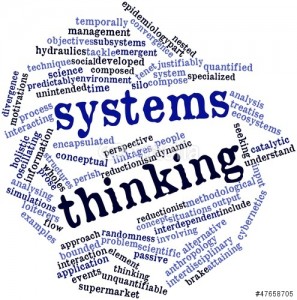
Organizations are, by definition, organized – typically, through hierarchical structures. Managers of organizations lead by taking rational decisions in response to well-defined situations and on the basis of clearly-established preferences. Management is relatively stable and managerial decisions are implemented through clear lines of command and authority. Right? In 1972, three young Stanford-based organization theorists had the temerity to publish an article (‘A Garbage Can Model of Organizational Choice’, Administrative Science Quarterly, Vol. 17, N° 1, March 1973, pp. 1-25) in which they argued that the correct answer, most of the time, is ‘wrong’. They based their argument on three simple assumptions about organizations. The first is that in many organizations preferences tend to be unclear and inadvertently ‘discovered’ through action (or reaction). The second is what they call ‘unclear technology’, by which they mean that many organizations’ processes are not understood by their members. Such organizations tend to act through ‘pragmatic inventions of necessity’ as much as anything else. The third assumption is ‘fluid participation’, by which they mean that participants in decisions ‘vary in the amount of time and effort they devote to different domains’ and the participants, and their involvement, ‘vary from one time to another.’ The result, the authors argue, is that ‘the boundaries of the organization are uncertain and changing; the audiences and decision makers for any kind of choice change capriciously.’ Organizations that satisfy these three conditions – problematic preferences, unclear technology and fluid participation – are, they declare ‘organized anarchies’. This may sound like a contradiction in terms, but the article explains why it isn’t. Indeed, they argue that such organized anarchy is characteristic of any organization in part, at least part of the time, though it is particularly conspicuous in public organizations. In a famous and much-quoted passage, they further argue that such organizations can be viewed: ‘as collections of choices looking for problems, issues and feelings looking for decision situations in which they might be aired, solutions looking for issues to which they might be an answer, and decision makers looking for work.’





